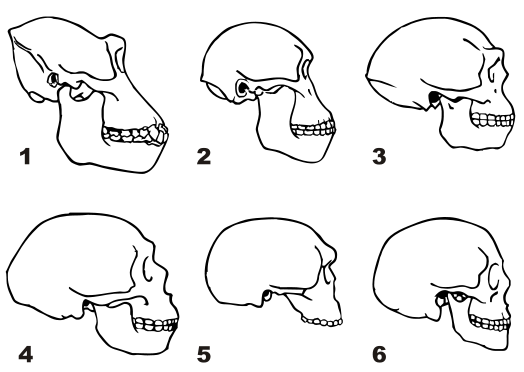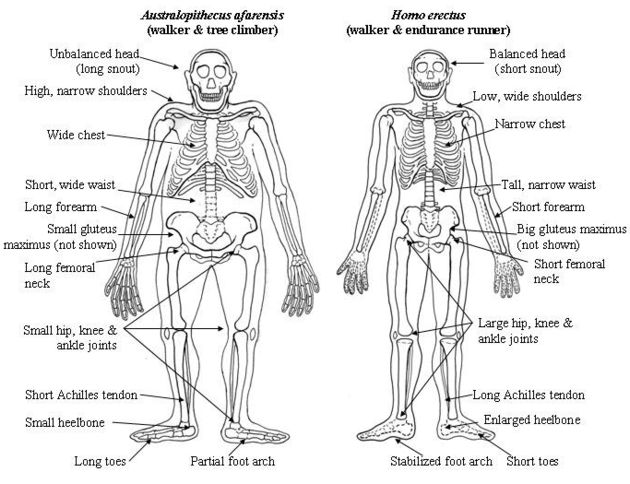Author: Mary Beth Coax
Odyssey: Adventures in Science
pg.29-30
Coax, Mary Beth. "Taming Fire: The First Scientist?" ODYSSEY: Adventures in Science Oct. 2009: 29-30. Print.

Fire since the beginning of time as been a jeopardy and a great invention towards everybody. But who was the one who discovered it? The first signs of the use of fire are hearths, they were found in some prehistoric camp in Europe, it is about 250,000 years old. Hearths, as the describe by the article are:"are rudimentary fireplaces, often identified by a ring of rocks that outline them." First early humans were scared of them, but them as time passed they started to see its benefits. Fire provided them safety; because predators were afraid of fire. It provided them warmth; during the cold season warmth was important. It provided them light; in the short days of the year, fire could keep the day go on, the fire was a bit like today is the lounge. It was used for cooking meat; cooked meals were '"cleaned'" so there were not many illnesses. So, fire was important for them to survive. Also we believe that our ancestors managed to start fire.





